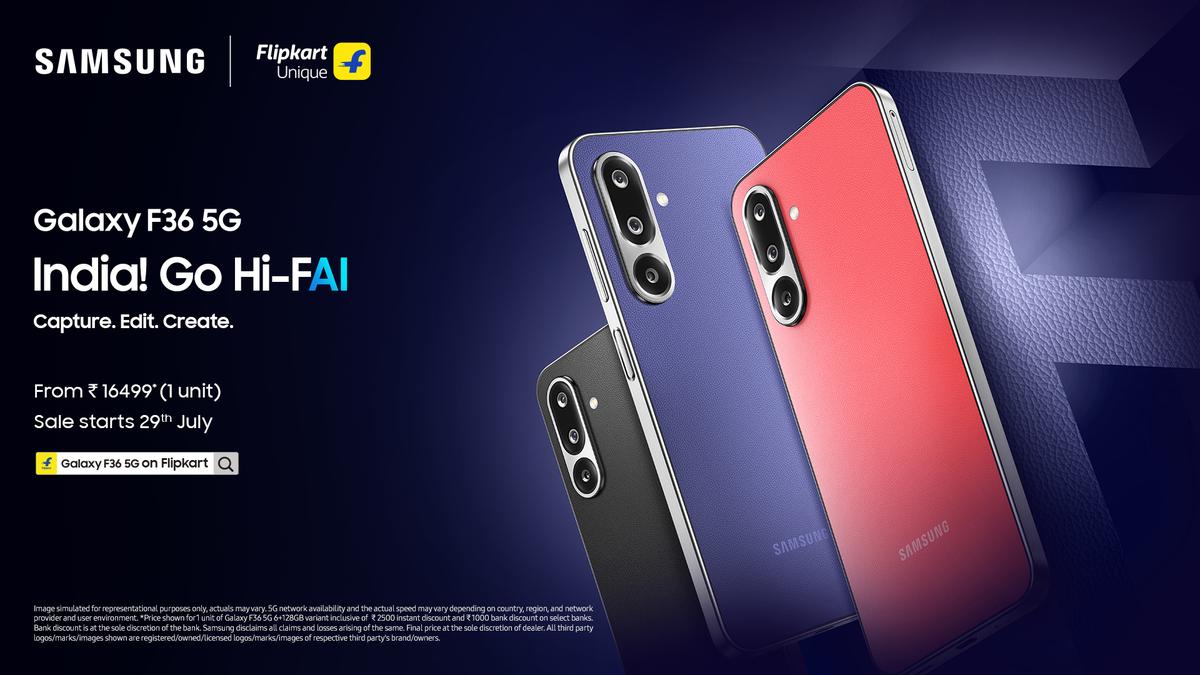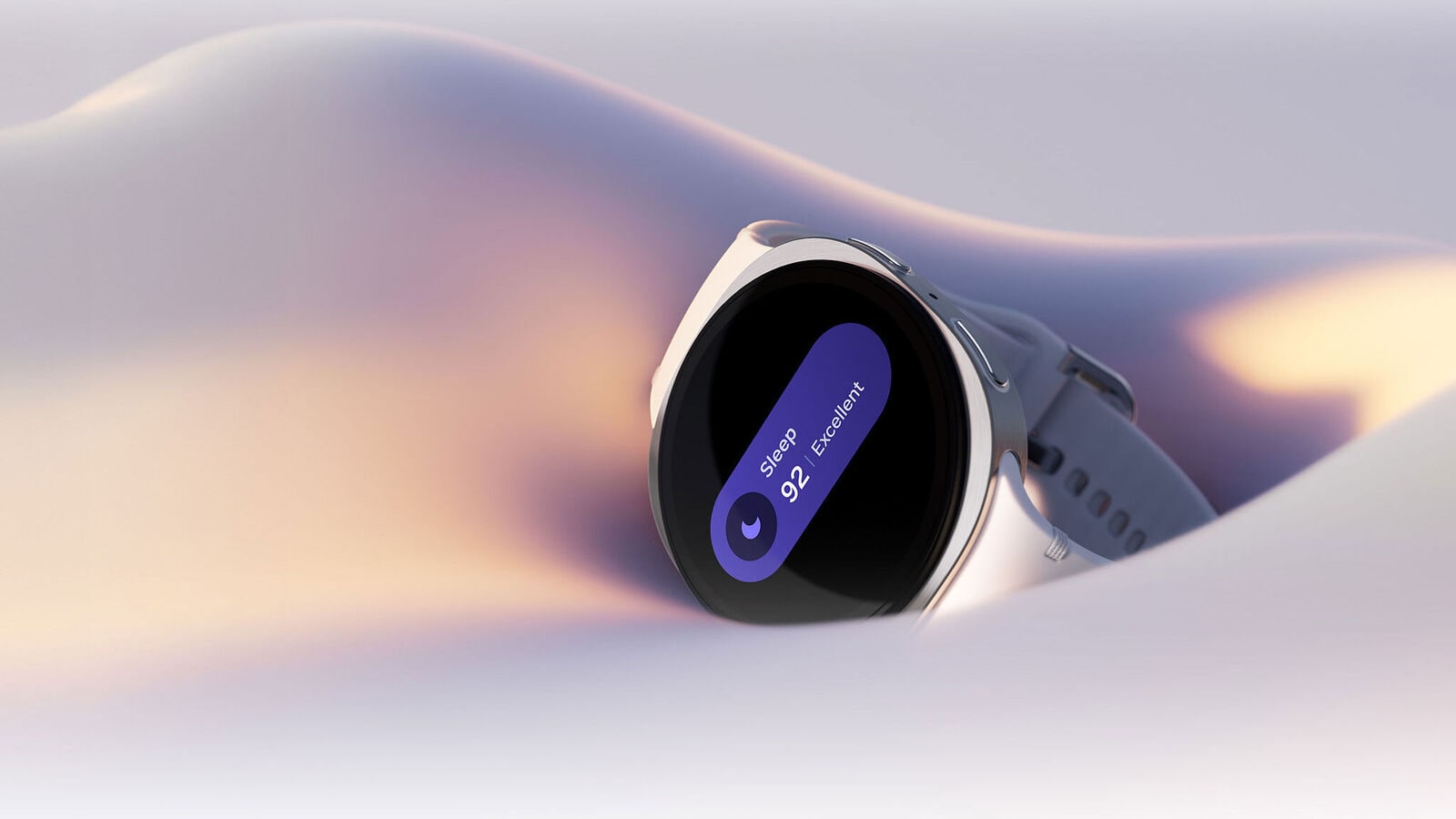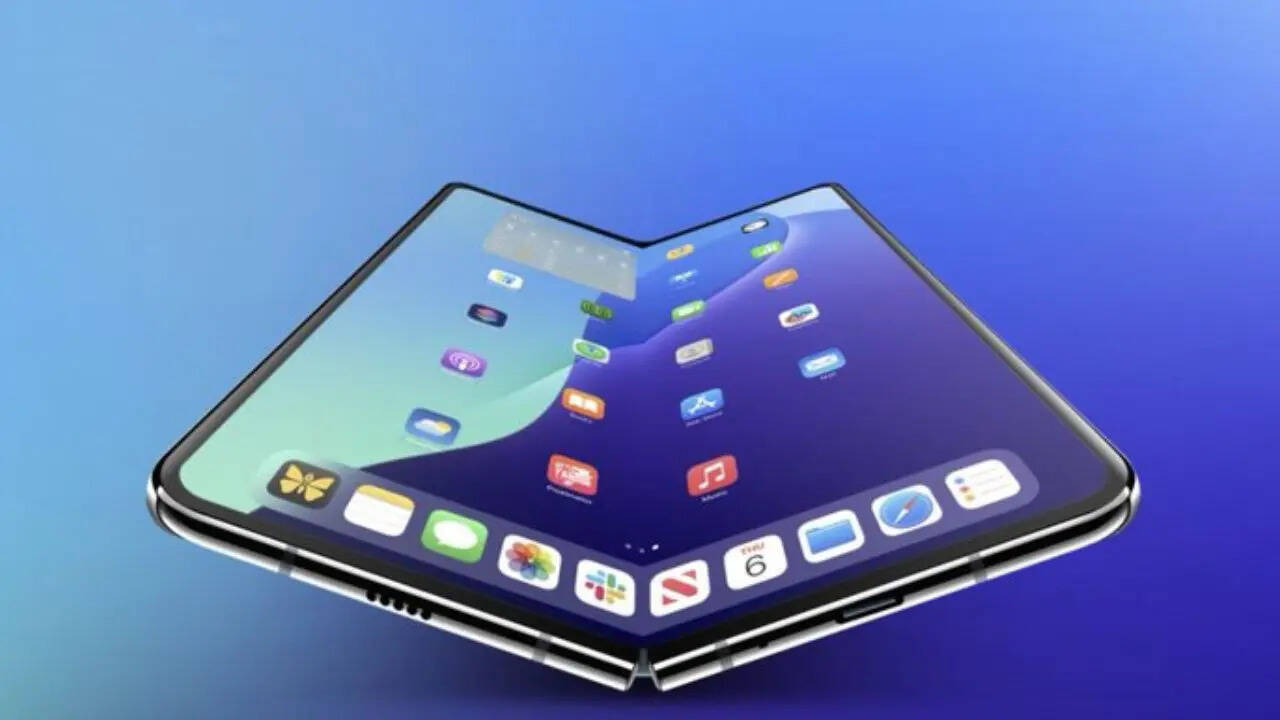WDP has been conducting the world’s longest-running underwater dolphin study in the Bahamas. Their non-invasive research has yielded a massive dataset of underwater audio and video tied to specific dolphin behaviors, enabling scientists to associate sound types—like signature whistles, burst-pulse squawks, and buzzing clicks—with social interactions such as reunions, conflicts, and courtship.
Published Date – 16 April 2025, 01:44 PM

Hyderabad: Google broke the news of an amazing development of interspecies communication on National Dolphin Day: it is DolphinGemma, an AI model designed to analyze and replicate dolphin vocalizations. This tool was developed with Georgia Institute of Technology and the Wild Dolphin Project (WDP) to provide new avenues in understanding the complex language used by Atlantic spotted dolphins.
WDP has been conducting the world’s longest running underwater dolphin study in the Bahamas, which dates back to 1985. Non-invasive research methods have yielded an exceptionally large dataset of underwater audio and video tied to certain dolphin behaviors that allows scientists to relate sounds-the most popular being signature whistles, burst-pulse squawks, and buzzing clicks-to social events such as reunions, conflicts, and even courtship.
DolphinGemma tokenizer takes advantage of Google SoundStream and approximately a -400-million-parameter model to learn from these recorded sounds. It can process the dolphin sounds and generate predictive, dolphin-like audio sequences to help researchers identify communication patterns and sound structures. The model is optimally designed to run on Google Pixel mobile smartphones, allowing researchers to use it for on-the-field field work.
This model is also going to give a boost to the pre-existing underwater systems. CHAT (Cetacean Hearing Augmentation Telemetry) combines a whistle with objects dolphins prefer-for instance, seaweed or scarves-and promotes dolphins to imitate the whistle sound when they want the object. This will definitely improve the speed and accuracy of interaction as predictive capability of DolphinGemma is being integrated into it.
In the future, DolphinGemma will become an open source tool, according to Google, this summer intended to adapt seamlessly with marine researcher efforts worldwide in different dolphin species. So, as yet another step in what is a still long and winding road towards understanding dolphin language, DolphinGemma takes the picture closer to having one ‘shared vocabulary’ with the ocean’s brightest.





